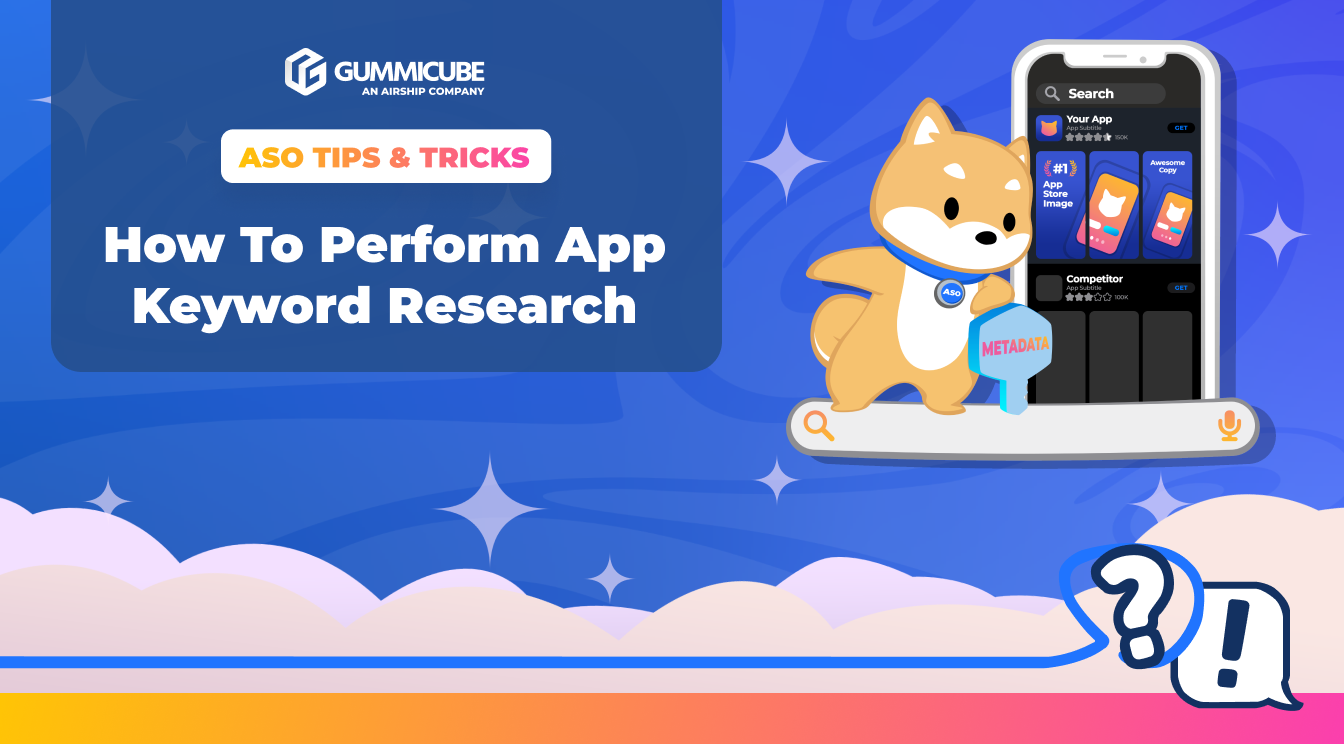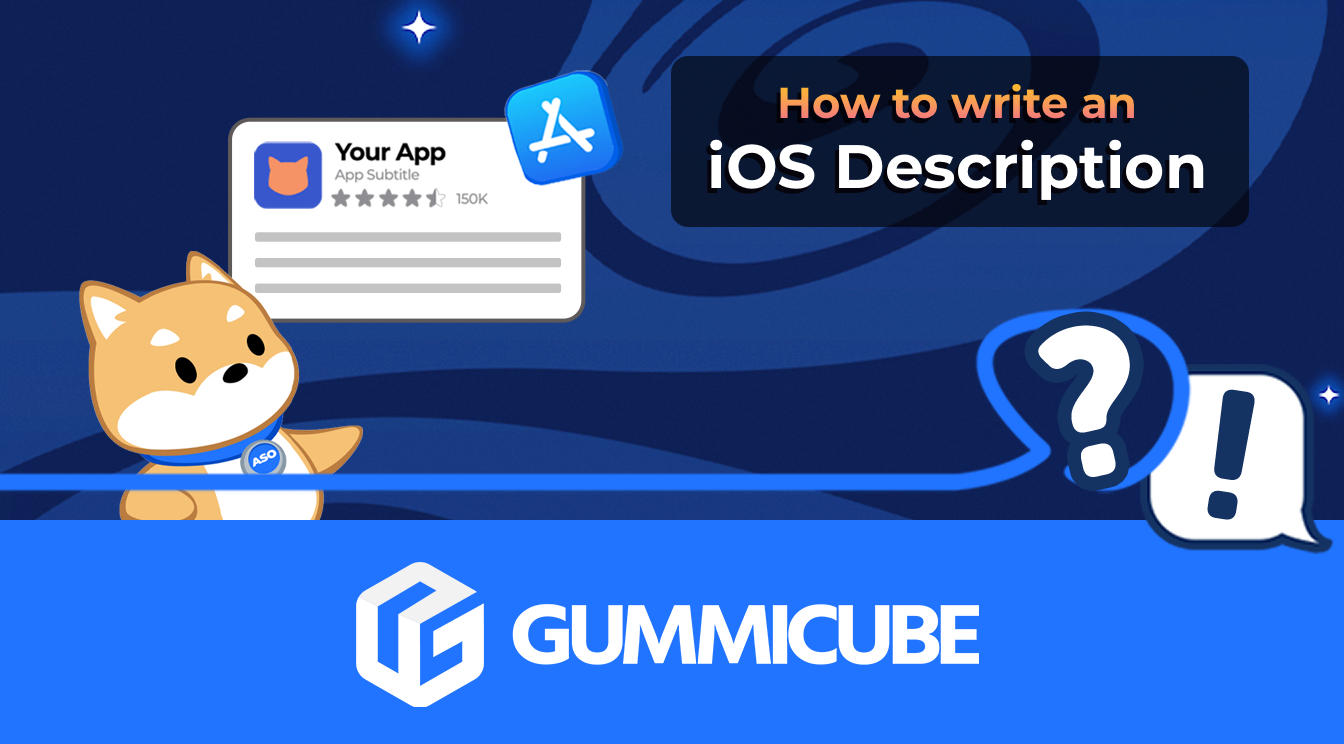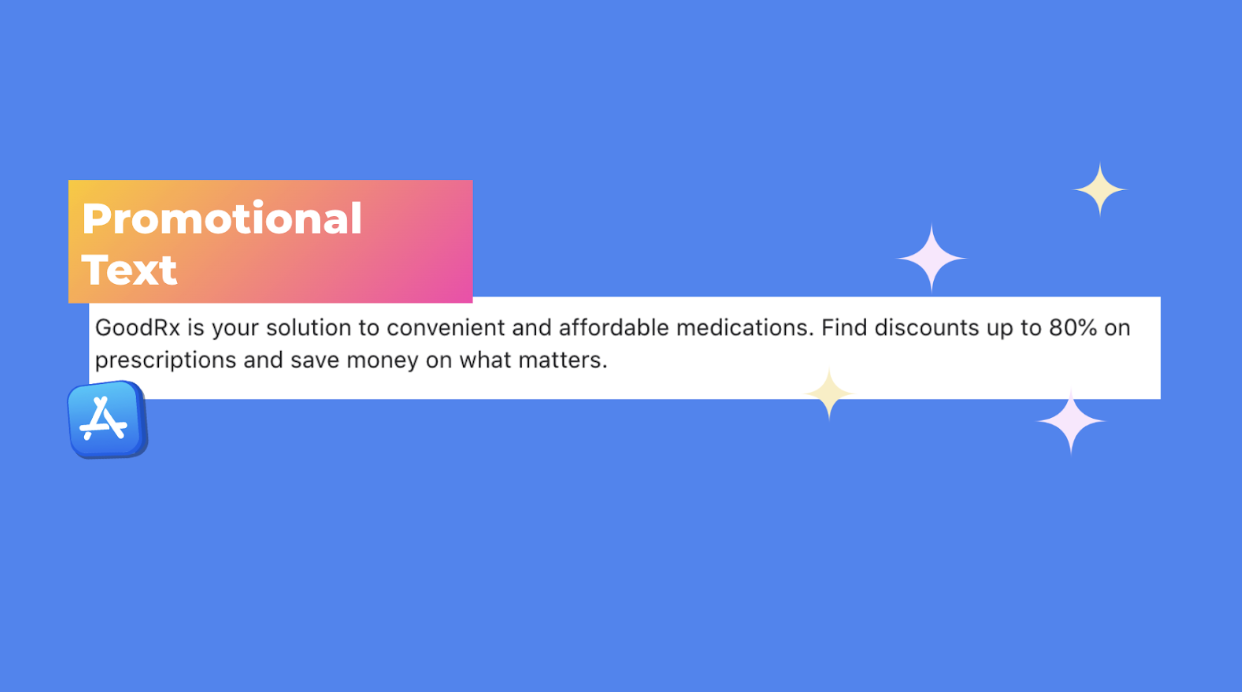
How To Perform App Keyword Research
Posted on December 10th, 2025
App keyword research is a crucial part of developing a winning ASO strategy. Read more to discover ASO tools & strategies to elevate your app listing.

Crafting a compelling iOS app description is essential for attracting users and driving downloads. Your app description is more than just a summary; it is a critical marketing tool that can make or break your app's success in the App Store. In this comprehensive guide, we’ll walk you through the vital elements of writing an effective iOS description, from promotional text to app metadata, providing you with actionable insights to enhance your app’s visibility and conversion rates.
An iOS description is a detailed overview of your app presented in the App Store. It consists of various sections, each serving a unique purpose:
- Promotional Text: This is your first chance to make an impression with viewers.
- Detailed Descriptions: This section elaborates on your app’s most important features and benefits.

Promotional text is a concise, engaging introduction that hooks potential users. Here’s how to maximize its impact:
- Length: Limit this section to 170 characters.
- Visibility: It appears at the top of your app page and in Apple search ads, making it crucial for first impressions.
- Purpose: Use it to entice readers into exploring more about your app in the description below it.
When crafting your promotional text, focus on what sets your iOS app apart and highlight any current promotions or unique features that may attract user interest. The language should be energetic and reflect the essence of your app. For example, instead of saying "Our app helps you manage tasks," you could say, "Elevate your productivity—our task manager helps you achieve more with less effort!".

Your app description provides an opportunity to delve deeper into the app’s functionalities and advantages. With a limit of 4,000 characters, it’s crucial to use this space wisely.
1. Communicate Value Clearly
- Your description should succinctly explain why your app is valuable.
- Avoid technical jargon; use straightforward language that speaks to the average user.
2. Enhance Readability and Scrollability
- Break your description into digestible segments.
- Use bullet points to highlight key features.
3. Structure for Engagement
- Organize your description into sections that focus on specific functionalities or benefits.
- Each section should provide concise information, allowing readers to skim the text easily.
To further boost your app's conversion potential, consider these strategies for your promotional text:
- Highlight Unique Features: Focus on what makes your app stand out from competitors. If your app has a feature that no other competitor offers, this is the time to highlight it. For instance, if your app offers a unique AI-driven personal assistant feature, say it boldly!
- Showcase User Benefits: outline how your app solves a problem or fulfills a need. For instance, if your app helps users learn a new language, emphasize the practical benefits, such as "Speak confidently in just 30 days!"
- Incorporate Call-to-Actions (CTAs): Encourage users to download your app or explore its features further. Phrases like "Download now to start your journey!" or "Join millions of satisfied users today!" can create a sense of urgency and entice users to take action.
When writing your app description, engage your audience by addressing their needs and interests. Here are some effective techniques:
Bullet points can enhance clarity and make it easy for potential users to identify key features quickly. Format your bullet points like this:
- User-friendly Design: allows for easy navigation.
- Customization Options: make the description for your specific app feel more tailored to the viewer’s specific lifestyle or preferences.
- Regular Updates: Stay ahead with continuous improvements based on user feedback.
This format allows readers to grasp essential information at a glance, increasing the likelihood of continued interest.
Rather than simply listing features, try weaving a brief story into your app's description. A narrative approach can resonate emotionally and build a connection with potential users. For example, instead of just stating that your app helps with sleep tracking, you could say:
"Picture yourself finally waking up refreshed, energized, and ready to tackle the day. With our app, you won’t just track your sleep patterns—you’ll discover insights that lead to better sleep habits and help you take charge of your mornings."
Using storytelling in this way makes your app feel more personal and engaging, drawing users into an experience rather than just highlighting features.
Beyond the description, several critical metadata components can significantly influence your app's discoverability. These include:
The app title is your first opportunity to make an impression and should include relevant keywords to enhance searchability. Keep the following in mind:
- Clarity: Ensure the title clearly reflects the app's purpose. If your app focuses on meditation, a title like "Mindful Moments: Meditation Made Easy" is both clear and descriptive.
- Relevance: Use keywords that your target audience is likely to search for. Think about what terms users might input when looking for an app like yours.
Effective keyword selection is essential for improving your app’s visibility in search results. Here’s how to choose the right keywords:
- Research Tools: Use tools to identify high-traffic keywords related to your app. Tools like DataCube can provide insights into trending keywords that help drive results for your app.
- Relevance: Choose keywords that accurately describe your app’s functionality and target audience. It’s better to select a few highly relevant keywords than to overload with generic ones.
- Experimentation: Continuously analyze the performance of your chosen keywords and adjust them based on app store trends and user behavior.
Consistency across your app description, promotional text, and metadata helps establish credibility. Users should receive a unified message that reflects your brand and app’s purpose. This builds trust and reinforces user engagement.
Ensure that your branding—logos, color schemes, and messaging—aligns throughout all app-related content. Inconsistent messaging can lead to confusion and may deter potential users.
If your app targets a diverse, international audience, consider localizing your content. Localization involves more than just translation; it includes:
- Cultural Relevance: Tailor descriptions to align with cultural norms and expectations. Understand the local customs, traditions, and preferences of your target market to resonate with users.
- Language Variations: Adapt text to fit local dialects and language preferences. Using colloquial phrases or idioms familiar to the local audience can enhance relatability.
- Localized Promotions: Consider localized marketing strategies or promotions that cater to specific regional events or holidays, making your app feel more relevant to the audience.
Your app description typically consists of a promotional and full version. The promotional description (up to 170 characters) serves as a quick snapshot, while the full description allows for a more in-depth look. Here’s how to optimize both:
- Promotional Text: Convey the core value of your app briefly. This should be a powerful statement that encapsulates what your app does. For example, "Your ultimate fitness companion for a healthier lifestyle!"
- Full Description: Use storytelling to engage users, emphasizing features and user benefits. Detail how your app can solve specific problems or enhance the user's daily life.
Staying updated with the latest App Store trends is crucial for maintaining an effective description. Apple frequently updates its guidelines and algorithms, which can affect how your app is ranked and presented. Regularly review your app description and promotional text to ensure it aligns with any new recommendations or best practices.
Finally, an effective way to refine your app description is to analyze your competitors. Look at similar apps within your category and assess their descriptions. Note what works and what doesn’t. Pay attention to user reviews as well—understanding what users like or dislike about competing apps can provide valuable insights for your own description.
Consider conducting A/B testing on different versions of your app description to see which resonates best with your audience. This data-driven approach can guide you in making informed changes that enhance user engagement.
Writing an effective iOS description is an essential part of your app marketing strategy. By understanding the importance of promotional text, crafting engaging descriptions, and optimizing your app’s metadata, you can significantly enhance your app's presence in the iOS App Store.
To summarize, keep these best practices in mind:
- Use promotional text as a powerful hook to engage users.
- Write clear and compelling descriptions that communicate your app’s value.
- Implement bullet points for improved readability.
- Optimize your app metadata for better search visibility.
- Regularly review and update your content based on market trends.
- Analyze competitors and incorporate user feedback into your strategy.
By following these guidelines, you’ll create a persuasive iOS description that not only attracts potential users but also increases your app’s chances of success in a competitive market. Start refining your app's description today, and unlock the potential for increased downloads and user engagement.
Ready to elevate your app’s presence in the App Store? Need help with your iOS App Store description? Get in touch with the ASO experts at Gummicube today and start attracting more users!

App keyword research is a crucial part of developing a winning ASO strategy. Read more to discover ASO tools & strategies to elevate your app listing.

Optimizing metadata is one of the most high-impact actions developers can take to strengthen their App Store presence. Read more to discover winning strategies.

App seasonality is one of the most powerful and most overlooked opportunities in ASO. Ignoring it means missing moments when users are searching most actively.